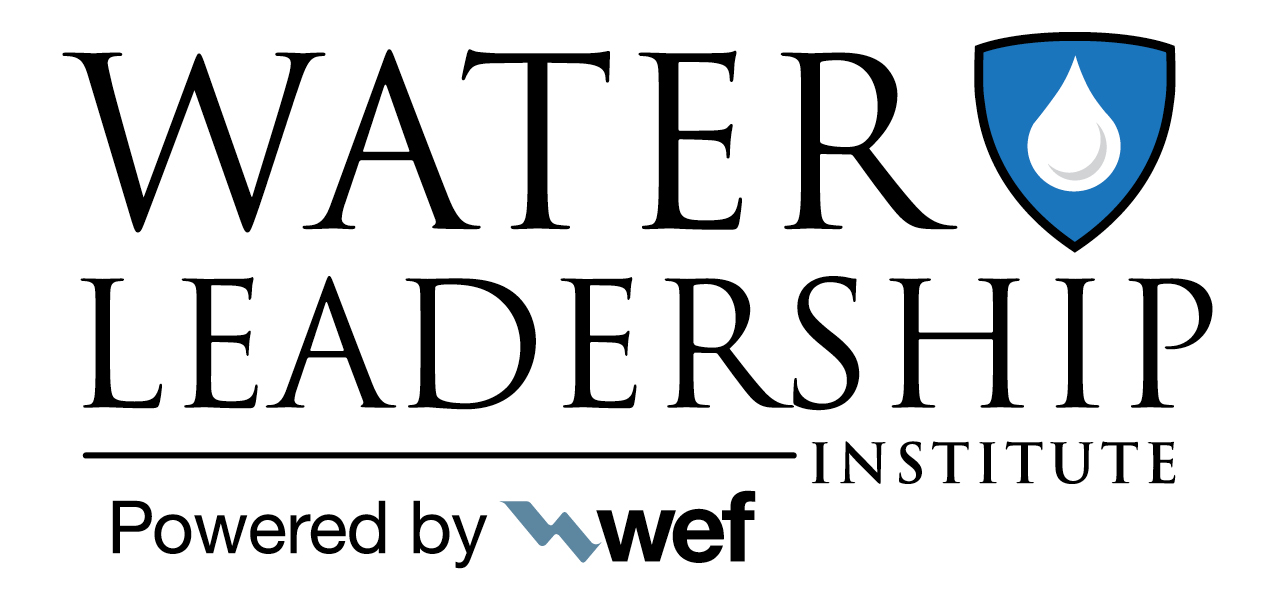U.S. EPA Proposes Drinking Water Regulations for PFAS
On March 14, 2023, the U.S. EPA proposed a National Primary Drinking Water Regulation (NPDWR) to establish legally enforceable Maximum Contamination Levels (MCLs) for six PFAS in drinking water.
- The proposed rule will regulate two PFAS compounds — PFOA and PFOS — as individual contaminants with an MCL of 4 parts per trillion (ppt) each.
- It also will regulate four other PFAS chemicals — PFHxS, PFNA, PFBS, and HFPO-DA (commonly called GenX) — as a mixture. This mixture will be assessed using a Hazard Index with the MCL set to 1.0 (unitless) Hazard Index.
As part of the proposed rule, drinking water systems will be required to monitor for these PFAS, notify the public if levels exceed the MCLs, and reduce the chemicals in drinking water if they exceed the proposed MCL. Monitoring requirements will be based on the source and size of water systems.
The proposed rule also sets health-based, non-enforceable MCL Goals (MCLGs) for the six PFAS at 0 ppt for PFOA and PFOS, and 1.0 Hazard Index for the remaining four chemical compounds individually or in a mixture.
“Putting forward regulations like this helps to ensure public health; that is the core mission of everyone in the water sector,” said Walt Marlowe, WEF Executive Director. “As a community, we have a responsibility to engage with this rulemaking procedure to ensure that all decisions are based on sound science and do not overlook unintended consequences that could come along with these limits.”
Public Comment and Timelines
EPA is seeking public comment on the proposed rule with a 60-day comment period once the proposed rule is published in the Federal Register. A public hearing will be held May 4, 2023. EPA has projected that the rule will be finalized near the end of 2023 or early 2024.
Once the rule is finalized, drinking water systems will have 3 years from that date to comply with the new MCLs, according to the proposal.
Costs and Benefits
EPA has estimated the rule will cost $772 million per year for drinking water systems to comply. This estimate includes monitoring, equipment, capital costs, operations and maintenance, regulatory reporting, and public communications. Through this process, EPA identified treatment and monitoring technologies available to meet the requirements of this proposed regulation.
Conversely, EPA estimates the health benefits of the rule will save 10’s of thousands of lives annually and $1.2 billion in health care savings.
However, EPA’s cost estimates fall far below those by other entities that have analyzed expected PFAS drinking water regulations.
Direct and Indirect Effects
While the proposed rule will directly affect drinking water systems and utilities, wastewater systems also will be affected in several ways.
First, the cost of meeting the proposed MCL will be borne by the same ratepayers who are often facing rate increases at utilities to meet other Clean Water Act and Safe Drinking Water Act regulatory obligations. The needed investments could either increase user fees and rates or potentially divert funding from other already identified water projects deemed less urgent.
At the same time, the circular nature of water will pressure water resource recovery facilities to remove PFAS from effluent. This pressure potentially could affect facilities that formally reuse effluent, either via direct or indirect reuse. It even could influence those facilities that release effluent to receiving waters that serve as drinking water sources downstream.
Get Involved
Now that this long-anticipated proposed rule has been released, WEF and the WEF PFAS Task Force will review it closely and determine what comments to submit during the public comment period. WEF also encourages members and Members Associations to review the proposed rule and provide comments.
For additional information on PFAS and resources, please visit WEF’s PFAS webpage at https://www.wef.org/pfas.
Related Areas
Latest News
Join or Renew Your WEF Membership Today
Connect with our community of water professionals who ensure that our local communities have access to clean water that protects public health. Explore our member benefits and find the membership type that’s right for you.




